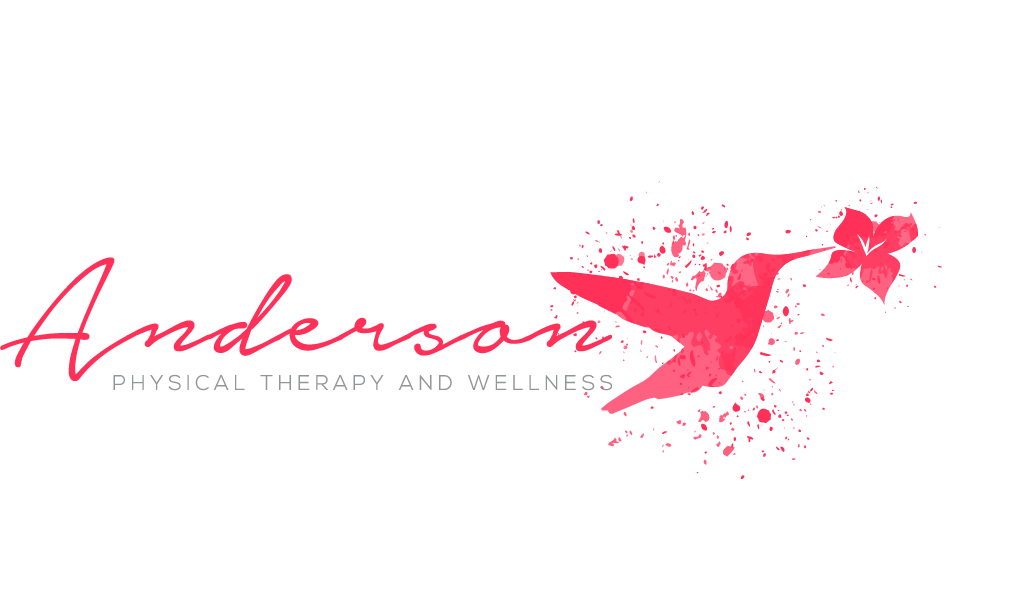Have you heard about tdn?
TRIGGER POINT DRY NEEDLING
Trigger Point Dry Needling (TDN) is an effective therapy to treat muscular tension and spasm which commonly accompanies conditions such as arthritis, nerve irritation, muscular strain, ligament strains and herniated discs. If you’re in the Denver area, experience relief with this technique from Anderson Physical and Wellness.
Check out our other specialties here.
Why Trigger Point Dry Needling?
Dry needling is a skilled intervention that uses a thin filiform needle to penetrate the skin and stimulate underlying myofascial trigger points, muscular, and connective tissues for the management of neuromusculoskeletal pain and movement impairments. Trigger Point Dry Needling (TDN) is a technique used to treat dysfunctions in skeletal muscle, fascia, and connective tissue, and, diminish persistent peripheral nociceptive input, and reduce or restore impairments of body structure and function leading to improved activity and participation.
TDN is used to release or inactivate trigger points to relieve pain or improve range of motion. This treatment improves pain control, reduces muscle tension, and normalizes dysfunctions of the motor end plates, the sites at which nerve impulses are transmitted to muscles. This can help speed up the return to active rehabilitation.
IS TRIGGER POINT DRY NEEDLING ACUPUNCTURE?
No, Trigger Point Dry Needling is based on Western medical research and principles, whereas acupuncture is based on Traditional Chinese Medicine. The main similarity is that the same sterile, disposable solid filament needles are used.
WHAT TYPES OF CONDITIONS CAN TDN ASSIST?
Neck/Back Pain
Shoulder Pain
Tennis/Golfers Elbow
Headaches
Hip and Gluteal Pain
Knee Pain
Achilles Tendonitis/Tendonosis
Plantar Fasciitis
Sciatica
Muscular Strains/Ligament Sprains
Chronic Pain
Athletic Performance
FDM
DOES TDN HURT?
You may or may not feel the insertion of the needle. The specific needle manipulation is intended to produce a local twitch response that can elicit a very brief (less than a second) painful response some patients describe as a deep ache or cramping sensation. Again, the therapeutic response occurs with the elicitation of the local twitch response and is a desirable reaction.
WHAT CAN I EXPECT AFTER TREATMENT?
You may experience improvements even from the first visit such as increased range of motion, ease of movement and decreased signs/symptoms.
Many patients report being sore after the treatment in both the area treated and the area of referred symptoms. Typically this soreness lasts between a few hours and two days and there is occasional bruising. Soreness may be alleviated by applying ice or heat to the area and performing specific stretches for the treated muscle.
